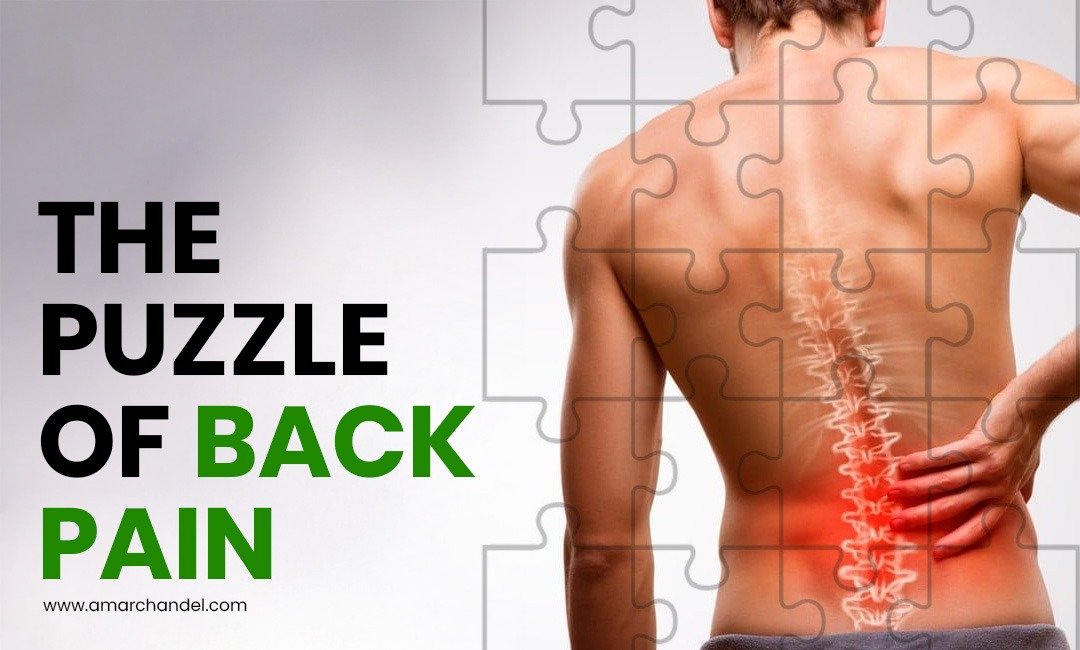Low back pain (LBP) has become one of the leading causes of disability worldwide, with a lifetime prevalence of up to 84%, and nearly 20% of sufferers developing chronic pain.¹ Often assumed to stem from heavy lifting, poor posture, or aging, recent decades have revealed deeper, systemic causes.
One such factor—long overlooked—is atherosclerosis, the cholesterol-induced hardening and narrowing of arteries. Emerging evidence now implicates it not just in heart attacks and strokes but also in spinal degeneration, disc herniation, and even sciatica.
The human spine—particularly the intervertebral discs—has a fragile blood supply. In fact, the lumbar discs are the largest avascular structures in the body, relying on diffusion from adjacent capillaries for nutrients.² This makes them uniquely vulnerable to vascular compromise.
Atherosclerosis can clog the abdominal aorta and lumbar segmental arteries, reducing perfusion to the spine. Cholesterol plaques can obstruct these tiny feeder vessels, strangling the disc’s nutrient supply, and triggering degeneration, herniation, and even nerve root damage.³
“By age 49, 97% of Americans eating the standard diet show disc degeneration at Grade 2 or worse on MRI.”
— Data from lumbar imaging studies, 2022
• MRI studies now confirm that people with chronic back pain exhibit reduced spinal blood flow, correlating with disc degeneration and endplate inflammation. Patients with elevated total cholesterol and triglycerides had more severe spinal changes.⁴
• Autopsy studies show obliteration of spinal artery orifices due to cholesterol plaques.⁵
• A 2024 Mendelian randomisation (MR) study found that genetically reducing non-HDL cholesterol via NPC1L1 significantly decreased the risk of disc degeneration and sciatica, while PCSK9-mediated LDL-C reduction also showed protective effects.⁶

Sciatica is more than back pain—it radiates through the buttocks and down the leg, sometimes causing numbness, weakness, or prolonged disability. It affects 1 in 20 adults, and recent research shows a direct vascular component.
The nerve roots involved in sciatica are supplied by small arteries most prone to plaque buildup.⁷ Cholesterol-induced narrowing reduces oxygen and nutrient flow, leading to:
• Nerve ischemia (loss of blood flow)
• Increased lactic acid accumulation
• Irritation and inflammation of nerve endings
This explains why individuals with high cholesterol are significantly more likely to suffer from clinical sciatica—even after adjusting for body weight and other risk factors.⁸ In a Finnish study of over 8,000 people:
• Men with high cholesterol and triglycerides had up to 4× increased risk of sciatica.
• Women on lipid-lowering therapy still had a 2× higher risk.⁸
Alarmingly, this vascular-disc degeneration link isn’t limited to adults. Atherosclerosis often begins in childhood:
• By age 10, most U.S. children already show fatty streaks in arteries.⁹
• Disc degeneration is now being seen in preteens, with early signs appearing around age 11, according to MRI evidence.¹⁰
And just like the rise of Type 2 diabetes in youth, adolescent back pain is emerging as a chronic disease—linked to modern diets, inactivity, and rising cholesterol levels.
A 2025 lipidome-wide MR study linked specific blood lipids to spinal disease:
• Triglycerides and phosphatidylcholine were directly associated with intervertebral disc degeneration (IVDD), LBP, and sciatica.¹¹
• Sterol esters worsened risk across all outcomes.
• Surprisingly, certain sphingomyelins had a slight protective effect.
These results suggest that it’s not just how much fat you eat—but which kinds of fats your body processes—that may affect spinal health.
Sciatica and back pain may no longer be seen as purely orthopedic or mechanical. Instead, they appear to be vascular and metabolic diseases—like heart disease or stroke—rooted in cholesterol, inflammation, and blood flow impairment.
“The spine is not isolated. What clogs the heart, clogs the back.”
— Dr. Leino-Arjas, Finnish Public Health Institute
Early lifestyle intervention—plant-based diets, reduced saturated fat, and lipid-lowering therapies—may not only save your heart, but also save your spine.
References
1. Hoy D et al. Best Practice & Research Clinical Rheumatology, 2010.
2. Raj PP. Pain Practice, 2008; 8(1): 5–16.
3. Kauppila LI. Spine, 2009; 34(5): 435–440.
4. Liu H et al. Frontiers in Endocrinology, 2022; PMC9792470
5. Battie MC et al. Spine, 2004; 29(3): 269–276.
6. Li X et al. Lipids in Health and Disease, 2024; 23(6): 125.
7. Kobayashi S et al. Spine, 2004; 29(10): 1073–1079.
8. Leino-Arjas P et al. Spine, 2007; 32(20): 2311–2316.
9. Berenson GS et al. NEJM, 1998; 338(23): 1650–1656.
10. Pye SR et al. Osteoarthritis and Cartilage, 2006; 14(12): 1224–1230.
11. Pang W et al. Scientific Reports, 2025; 15(3): 10214


Give a Reply